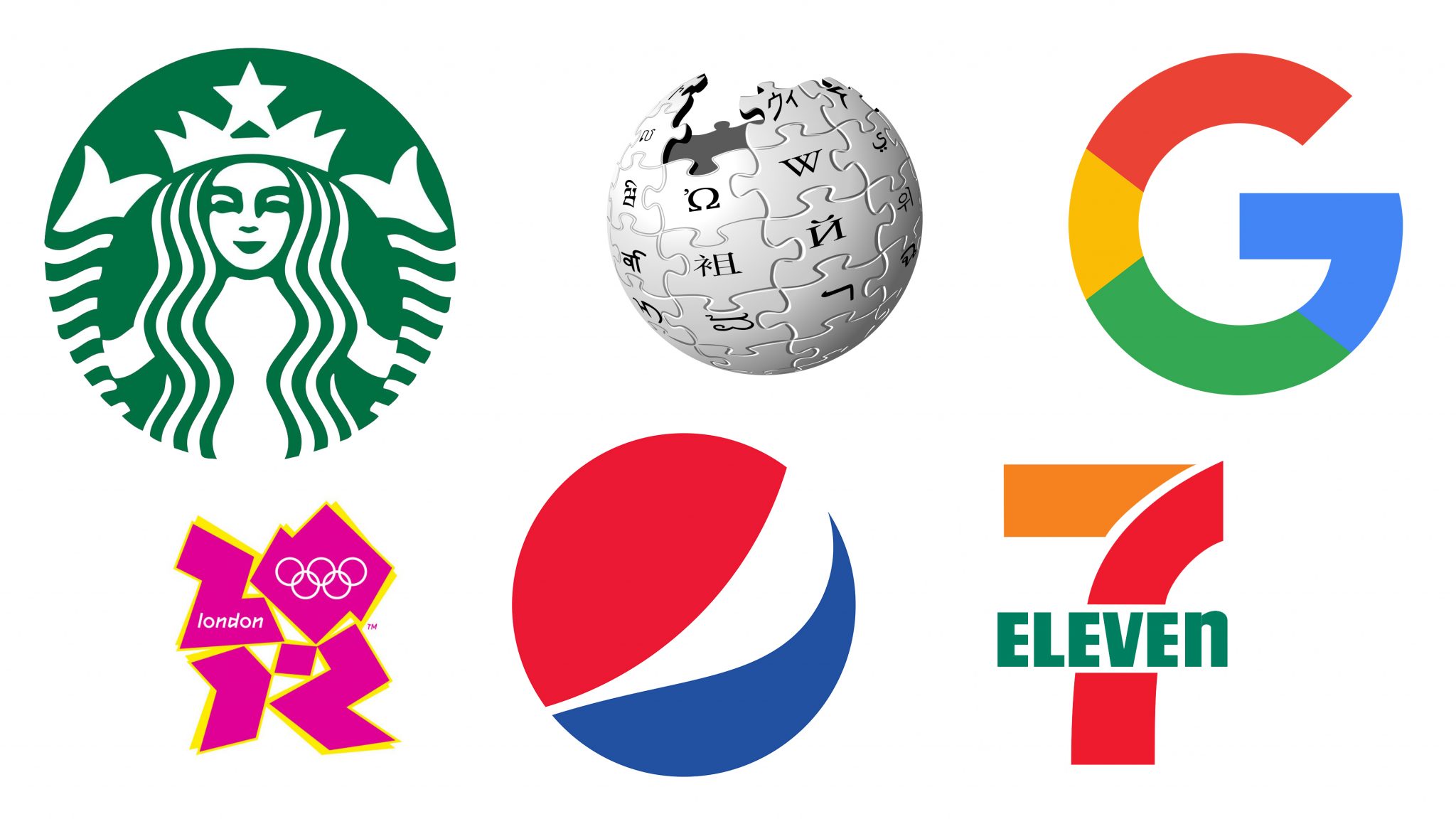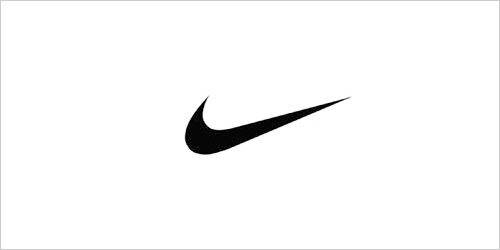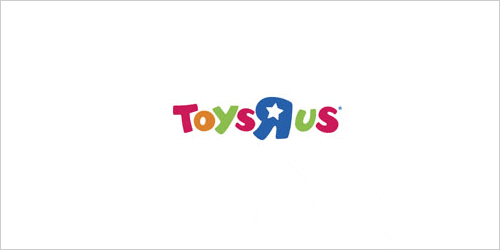
about the author
James has been working in graphic arts industry since 1999 and has been a part of the Nettl family since 2000. He prides himself on creating stunning design work and unique marketing advice and loves exceeding his clients expectations.

So what actually is a logo?
To answer this question, really we need to understand what a logo’s purpose is. A logo is a key feature of any business’s commercial brand. The colours, shapes, fonts, and imagary need toi be unique from any other logos within in the same industry in order to stand out. Your business logo is your business identity. When designing a logo it needs to become recognisable in order to inspire the trust and loyalty of their audience and the suggestions of authority within your market place.
WHAT MAKES A GOOD LOGO?
An excellent logo is one that is appropriate, unique, fit for purpose and simple. It must convey the business’s message. Usually there is some kind of meaning behind a successful logo, and it should communicates the message quickly and efficiently. It needs to work at any size – from small on a business cards to a giant on a billboard plus work with and without without colour if required. A great logo fundamentally is a mixture of two things – a great concept and well thought through execution.
THE PROCESS OF LOGO DESIGN
By asking the right questions with the client to ensure you under their business and its methods.
Research
Take a look into the industry your client is in. What is its history and who are their competitors.
Reference Points
What current logos work and are there any current trends that might come into play with the design? Only follow a trend if its relevant – its great to stay ahead of the game but remember that when designing a logo design, longevity is an important factor.
Concepts
Start to think about what logo design ideas might work around both the clients brief and the research you’ve undertaken. This is super important. Design Dainis Graveris stated, “sketching isn’t time-consuming and is a really good way to put ideas in your head right on paper. After that, it’s always easier to actually design it on the computer. Sketching helps to evolve your imagination: once you understand it, you will always start from just white paper.”
Take A Break
Take a break if you find yourself creatively fatigued. This can often help your concepts to develop and breathe new life into your ideas, plus garner some initial feedback. Sometimes all it takes is a fresh perspective to reinvigorate you.
Revise Your Ideas
Its important to be willing to revise and develop the design ideas if needed. This doesn’t matter whether you are getting direct instructions from the customer or you are trying to inspire the client towards the best results.
Present
Present only your best logo concepts to your customer. Its also a great idea to show the logo in context – how will it look on a website, on a business card etc which will help the client more clearly visualise the final brand. Prepping a quality presentation is the most effective way to get your customer to ultimately approve your design.
Deliver
Deliver the most appropriate files to the business. Its good practice to under-promise and over-deliver. Supplying a set of brand guidelines can help to client to understand how and where to use their new logo for future projects.
1. Simple
Simplicity makes a logo design really easy to recognise, functional and memorable. Good well known logos feature something unique and unexpected and tend not to be overly fussy. An example of this is the Nike logo below:

2. Memorable
Similarly its key that your logo is memorable. An effective logo design should be effective and meaningful that clients can recall instantly. This is achieved by keeping it simple yet appropriate such as the McDonalds logo:

3. Timeless
A compelling logo needs to be timeless. Your brand needs to stand the test of time and not look dated in a few years? Will it still be effective in 10 years time? The London Underground logo is a perfect example of this:

4. Versatile
A powerful logo needs works across a variety of platforms. Always design logos in vector format, to ensure that they scale up to any size. Always check that the logo is still going to work if printed…
- in a single colour?
- in reverse colour – for example a lighter logo on darker background?
- the size of a stamp – typically on a business cards?
- as large as a giant billboard?
An effective way to create a versatile logo is to start by designing it in black and white. This allows you to focus on the concept and shape, rather than get too hung up on colours initially.

5. Appropriate
How you angle the logo design should be applicable for its intended audience. A child-like font and vivid colour scheme would be appropriate for a logo for a kid’s toy shop – such as the Toys R Ys logo, but probably not so much for a solicitors.

HOW MUCH DOES LOGO DESIGN COST?
This is the probably the most frequently asked question and its very difficult to answer because every business has different set of requirements. The best approach after you’ve taken a client brief is to prepare a personalised proposal for each client. There’s a number of considerations to take into account when costing a the design of a logo, such as how many logo ideas the client would like to see, how many revisions might be required, how much research is needed and how large the budget of the business is.
HOW DO I CHOSE A LOGO DESIGNER?
A few things to think about when choosing a logo designer:
Experience – Do they have a proven track record? How much experienced do they have?
Reviews – Do they have positive reviews from previous customer? And can you check how valid the reviews are testimonials?
Design process – Do have a standard logo design process that they follow or is it more haphazard?
Published Work – Have they won any awards? Do they have any work published in any media? How well known are they?
Portfolio – How impressive is their portfolio? Have they got 100 uninspired logo designs or 10 amazing ones?
Timeframe – How long have they quoted to complete your logo? A typical logo design process take a couple of weeks but some go on or months. Would you really want it to be designed in less than 24 hours?
Price – The cost of the service usually reflects the quality of what you will receive. You usually get what you pay for… but price is not the only indicator of this.
Affiliations – Do they have affiliations with any design associations? This can be a great indictaor of how dedicated they are to their craft.
Communication – How does the designer present themselves? Do they respond to your emails quickly? Do you have a contract in place that protects both you and them?
Questions – How many initial questions did the designer ask you about your company? Do they understand your business’s history, market and objectives.
WHAT NEXT?
If you’re thinking of branding a new company or rebranding and existing business, why not give us a call on 01904 501 524 for an informal chat about your requirements or fill out this form and we’ll get back to you!
